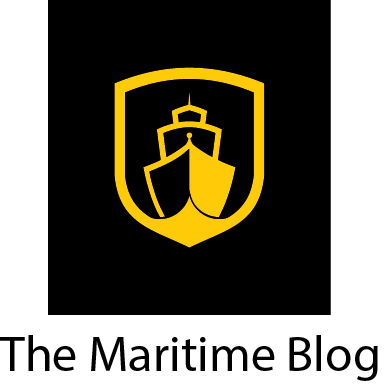Ballast water – innovation
Wed 15 Aug 2018 by Paul Gunton

Service experience and type-approval standards are influencing treatment innovation
Ballast water management system (BWMS) makers have hinted at plans for new or upgraded technologies in recent months. At Alfa Laval, for example, its vice president and head of its PureBallast work, Anders Lindmark, provided an overview of its next development during an exclusive interview with Marine Propulsion at its Swedish headquarters in May: it will be offering larger-capacity reactors with its UV-based system.
At present, its largest capacity unit can treat up to 1,000 m3/h but it will be launching one that can handle up to 1,500 m3/h. The reason, Mr Lindmark said, is because it has sold a number of systems to treat larger throughputs, for which it has supplied two or more reactors working in parallel. With a larger reactor, “we are reducing the footprint and installation complexity,” he said.
An official announcement was expected in mid-June as this issue went to press, with more details available at the SMM exhibition in Hamburg in September. Deliveries will start in 2019, he said.
Trojan is another manufacturer focusing on a smaller footprint and simpler installation. Its Marinex BWMS also uses UV technology and the company’s marketing manager Mark Kustermans said that it plans to introduce its new features this year. They are “a result of the innovative work from our dedicated R&D group, growing experience at shipyards and operation of systems in the field,” he said.
Desmi Ocean Guard chief executive Rasmus Folsø drew attention to its CompactClean model, which it announced last September. It is also a UV-based BWMS and, as its name suggests, it has been designed to “set a new standard for how small the footprint of a BWMS can get,” the company said.
CompactClean’s UV unit “has a unique and patent-pending shape that … ensures optimum dosage of the UV to all organisms in the water and the result is a system that can meet even the very strict USCG-type approval requirements,” the company’s website said.
It will not replace Desmi Ocean Guard’s existing RayClean system, Mr Folsø said, noting: “RayClean has the market-leading lowest power-consumption; CompactClean has the market-leading lowest footprint.”
Another manufacturer planning to offer a variation on its current system is Bawat, although its chief executive Kim Diederichsen was guarded about the details. He said that its unique combination of heat and deoxygenation is suitable for a wide range of applications, including ships, offshore rigs and mobile port solutions. “We have identified additional opportunities for solving customers’ ballast water treatment challenges, which we plan to market in the near future,” he said.


















